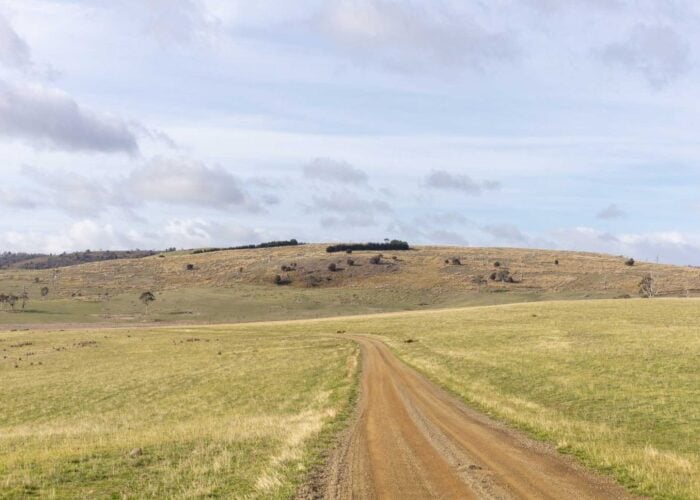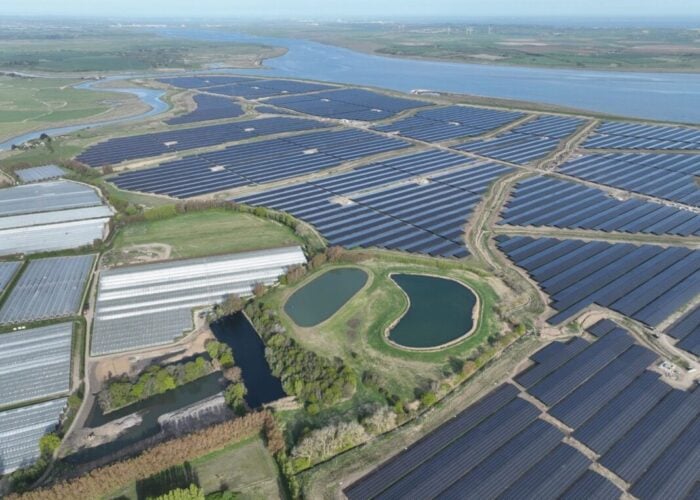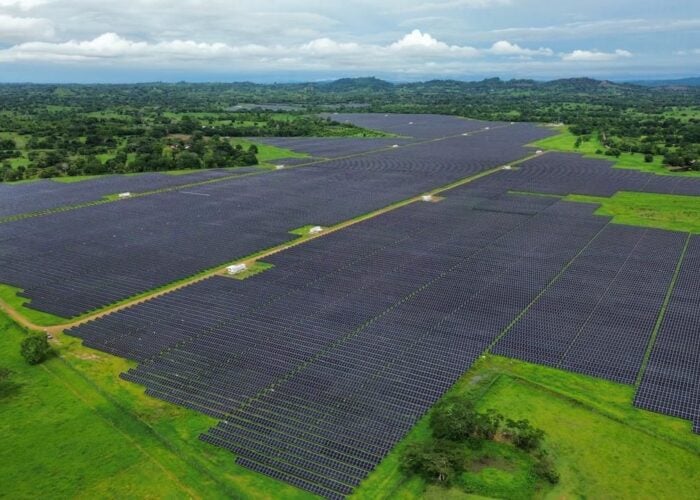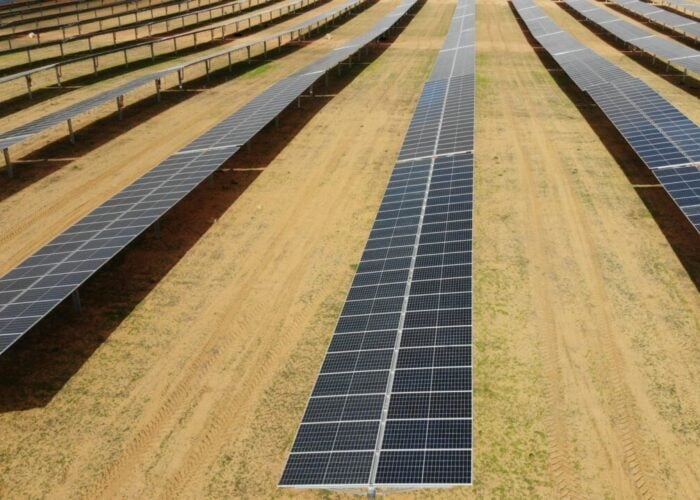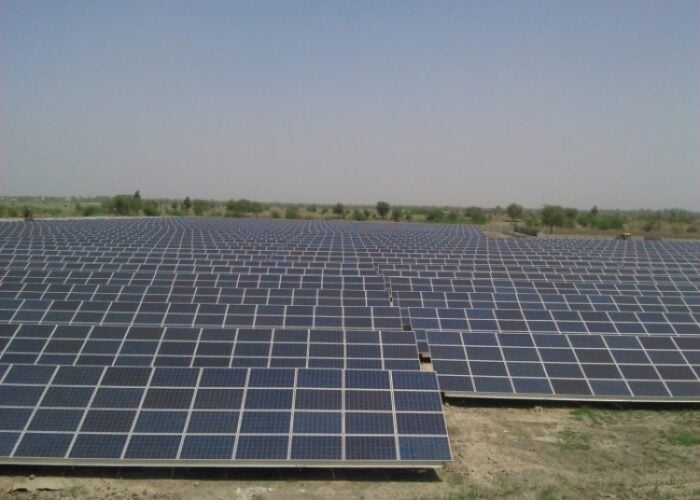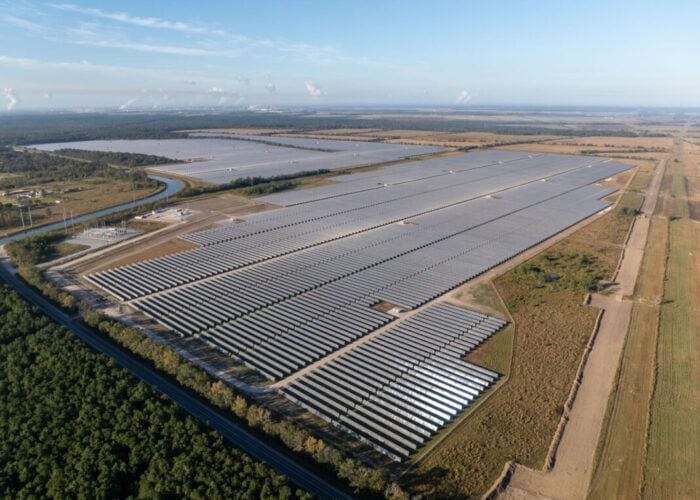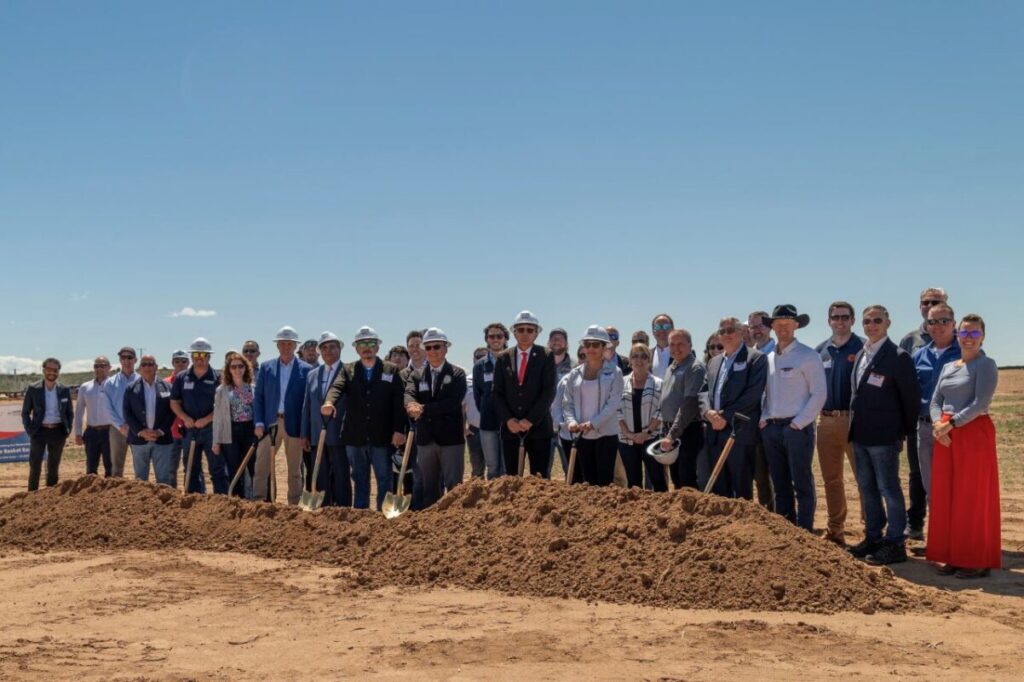
Renewables developer National Renewable Solutions has started construction on a 140MW solar-plus-storage project in the US state of New Mexico.
The Shallow Basket Energy project is built on land leased from the Jicarilla Apache Nation and includes a 50MW dedicated battery energy storage system (BESS).
Unlock unlimited access for 12 whole months of distinctive global analysis
Photovoltaics International is now included.
- Regular insight and analysis of the industry’s biggest developments
- In-depth interviews with the industry’s leading figures
- Unlimited digital access to the PV Tech Power journal catalogue
- Unlimited digital access to the Photovoltaics International journal catalogue
- Access to more than 1,000 technical papers
- Discounts on Solar Media’s portfolio of events, in-person and virtual
It is expected to be operational in 2025, with National Renewable Solutions owning the project, while wholesale power provider Guzman Energy will purchase the entirety of the power generated from the project.
According to the Jicarilla Apache Nation, the project represents one of the largest renewable energy plants on tribal land in the US.
This is the latest project hosted by the Jicarilla Apache Nation, which hosts a 50MW solar PV plant that powers 87% of the City of Albuquerque.
“Shallow Basket Energy is going to create an affordable, renewable source of power. The fact that it is on Jicarilla Apache Nation land, and will benefit its residents, is especially gratifying,” said Christopher Miller, co-founder and CEO of Guzman Energy.
Interest between tribal communities and the renewable energy industry in the US state of New Mexico is not a recent trend. Last year, Avangrid, the US-subsidiary of Spanish utility Iberdrola, signed a memorandum of understanding with the Navajo Tribal Utility Authority to develop 1GW of solar PV, wind and energy storage assets.
Last year the US Department of Energy released a tax incentive for solar PV and wind projects on tribal lands and low-income and “underserved” communities. The Low-Income Communities Bonus Credit Program provides eligible solar and wind projects of less than 5MWac a 10 or 20 percentage point bonus on top of the Investment Tax Credit (ITC) under the Inflation Reduction Act (IRA). Each year, a total of 1.8GW of eligible capacity is permitted to receive the credits.
Moreover, the US Bureau of Land Management – which is responsible for around one-eighth of the total US landmass, including federally protected natural areas and tribal lands – recently moved forward with several solar PV projects. Comprising of nine solar projects in the US states of Nevada and Arizona, they represent a combined PV capacity of over 6.2GW.

